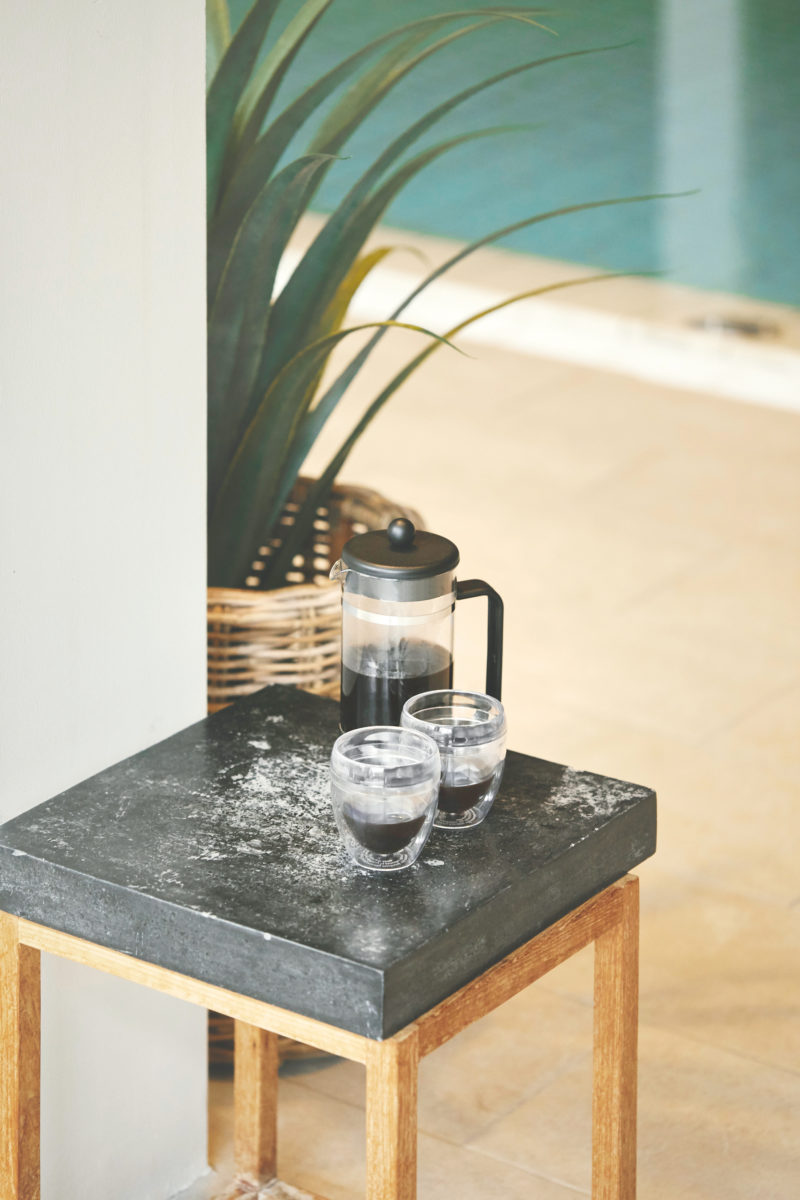
Photo: Bistro, Bodum
A Big Player in the World of Design
Denmark may be a small country but it is very big in the world of design. The Scandinavian nation is famous around the globe for producing some of the most celebrated examples of stylish and functionally designed furniture, lighting, and home wares, including coffee and tea ware.
Danes are great coffee lovers too. In his best-selling the Little Book of Hygge, the CEO of Happiness Research Institute in Copenhagen Meik Wiking noted, “Danes are the world’s fourth biggest coffee drinkers, consuming around 33 per cent more coffee per capita than Americans.” Wiking also points out that fans of Danish television dramas would notice: “Hardly a scene goes by without someone ordering a coffee, brewing coffee or one person looking at another while asking ‘Coffee?’”
So what happens when timeless Danish design meets the famous Danish love of coffee? We get some of the most beautiful, functional, and iconic examples of coffee and tea ware ever produced.
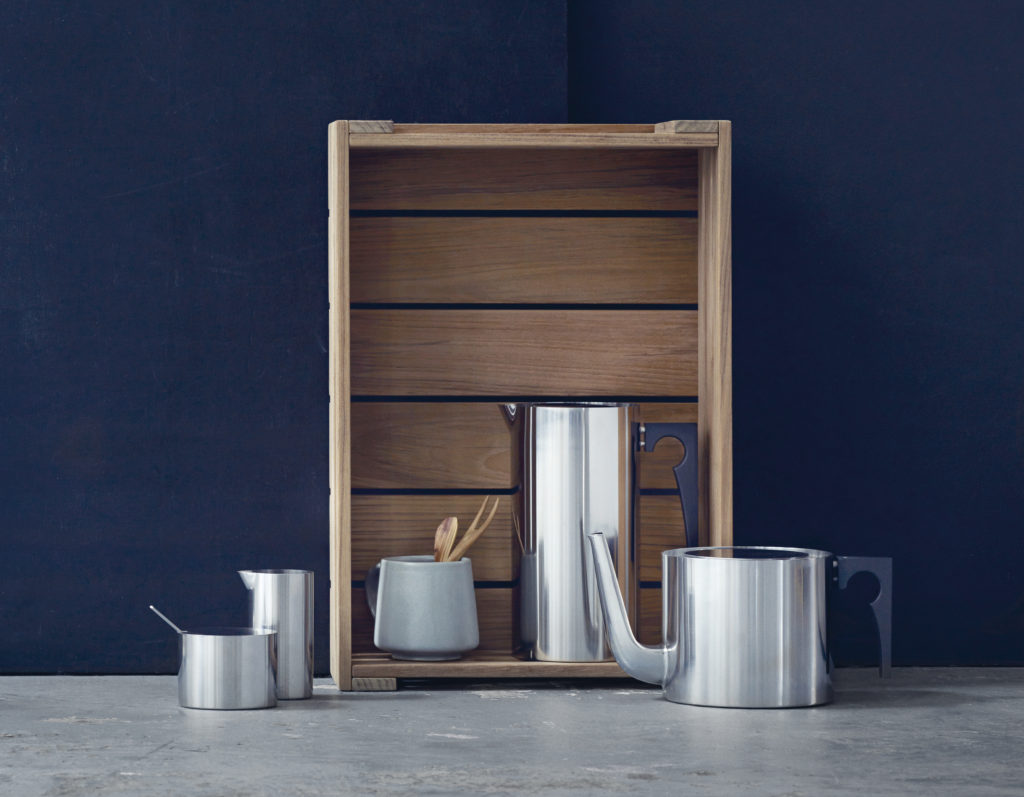
Photo: Cylinda-line by Arne Jacobsen Series for Stelton
Champions of Simplicity
But first, what exactly do we mean by Danish design?
“It is a big question that depends on whether we are discussing furniture, ceramics, clothes or jewelry,” said Art Historian and Curator at the renowned Designmuseum Danmark (Design Museum of Denmark) Anne Cathrine Wolsgaard Iversen, “but some common features include a focus on the process from idea to finished product in order to ensure quality; stressing comfort and/ or utility of the item — it is not design for design’s sake, but design to be used; the use of first-class, often natural, materials; and a focus on highly skilled workmanship.”
She added that while stylistically Danish-designed products are obviously very different, some degree of simplicity and letting the material ‘speak for itself’ rather than over decorating are typical hallmarks of Danish design. And perhaps most importantly, “the product is designed to be used — whether a teapot, a chair, or cutlery — the focus is on giving the user a good experience with a product that is pleasant and comfortable to use yet also beautiful to look at.” These signature design elements of simplicity, function, comfort, and beauty have become synonymous with Danish design, keeping Danish-designed and made products in high demand the world over. These fundamentals of design have flowed into coffee and tea ware. “Simplicity and elegance in the design — for instance the thermos by Erik Magnussen or Arne Jacobsen’s Cylinda-line coffeepot are beautiful and practical — pleasant to hold and easy to pour from,” Wolsgaard Iversen explained.
In addition to Arne Jacobsen’s classic Cylinda-line series and Erik Magnussen’s EM77 thermos — both made for Stelton — other famous examples of Danish-designed coffee and tea ware include the Bistro coffee press from Bodum (originally a Danish company, today Swiss-owned) and the Bernadotte thermos from Georg Jensen.
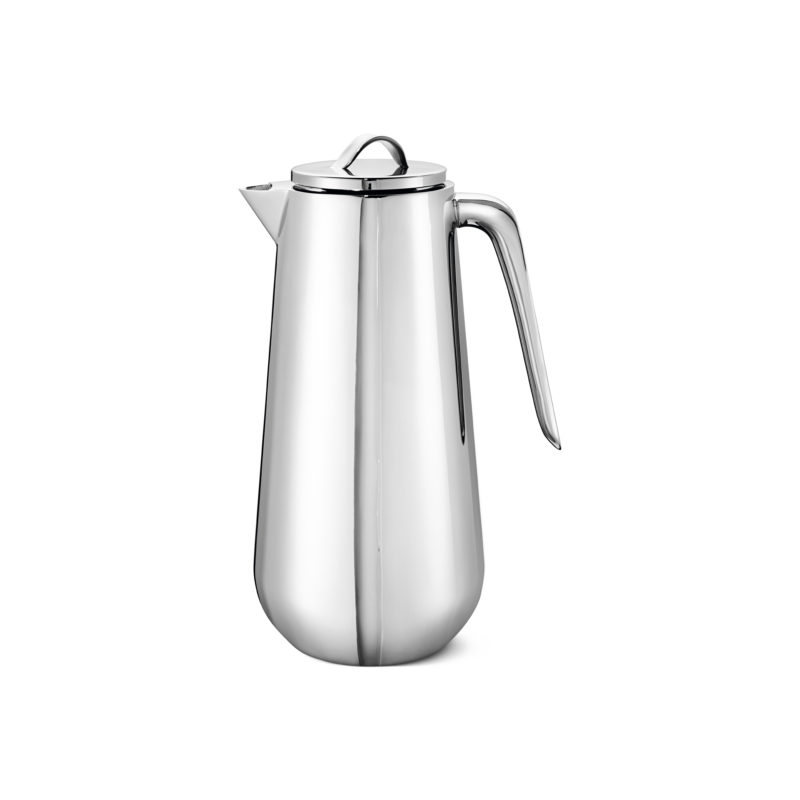
Photo: Helix Thermo Jug, Georg Jensen
Quality with a Timeless Aesthetic
The most enduring design in Danishproduced coffee and tea ware is the legendary ‘Musselmalet’ (Blue Fluted) porcelain from Royal Copenhagen — a 245-year-old Danish institution recognized for its unique craftsmanship, royal heritage and high-quality porcelain with a timeless aesthetic. The emblematic Pattern No. 1, Blue Fluted Plain design dates all the way back to 1775.
“The Blue Fluted Plain teapot, together with the high-handled mug are classic and timeless, elevating an everyday coffee or tea moment,” said Royal Copenhagen Global Marketing Communications and PR Manager Emily Wilder. “The high-handled mug was reintroduced a few years ago, inspired by a cup shape from 1884 and sits perfectly in the hand while adding everyday elegance.”
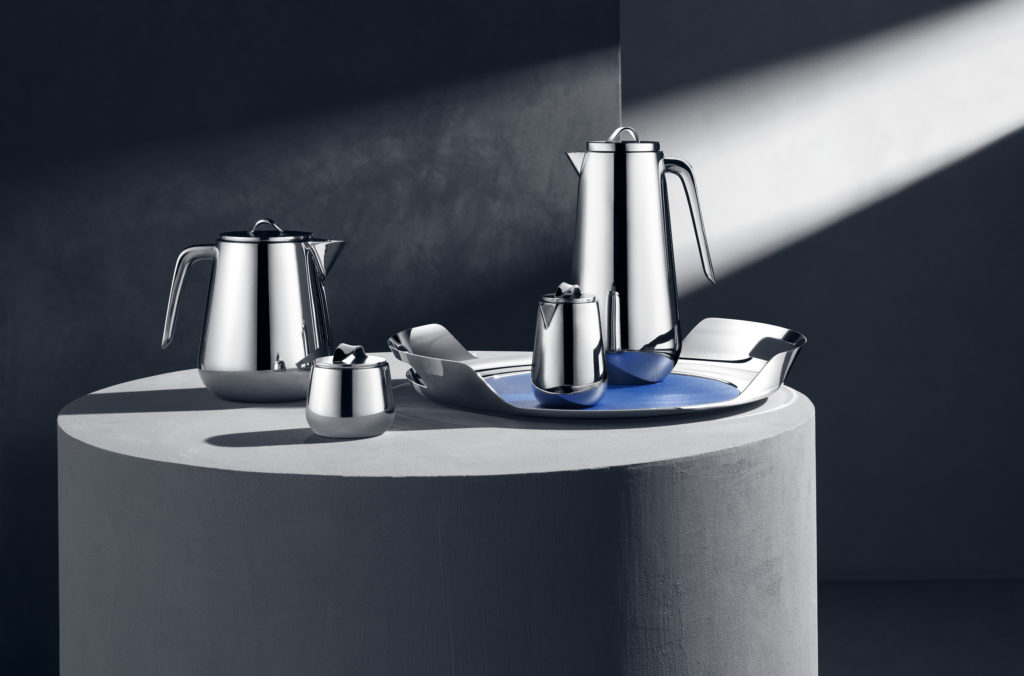
Photo: HELIX, Georg Jensen
Danish Design Conquers the World
According to Wolsgaard Iversen, Danish designers — particularly furniture designers — began to really capture the world’s attention from around the 1950s when they participated in international design competitions and featured prominently in design-themed magazines. The end of World War II had also made it easier to produce and export products and, in an atmosphere of new optimism and a stronger economy, there was a greater focus on, and demand for, quality products.
“A wish to embrace ‘new times’ created a desire for more modern and contemporary designed objects,” Wolsgaard Iversen said.
These economic and social conditions set the scene for a ‘Danish invasion’ of the world design market. Danish designers and products surged in popularity both in Denmark and internationally. They remain highly desirable today.
Yet, while they may have been relatively new to the world stage in the mid-20th century, Danish designers already had a long tradition of producing quality objects, including jewelry and the porcelain from Royal Copenhagen that has been around for nearly 250 years.
Royal Copenhagen today upholds the Danish tradition for stylish and functional design of coffee and tea ware. It’s also where that tradition probably began.
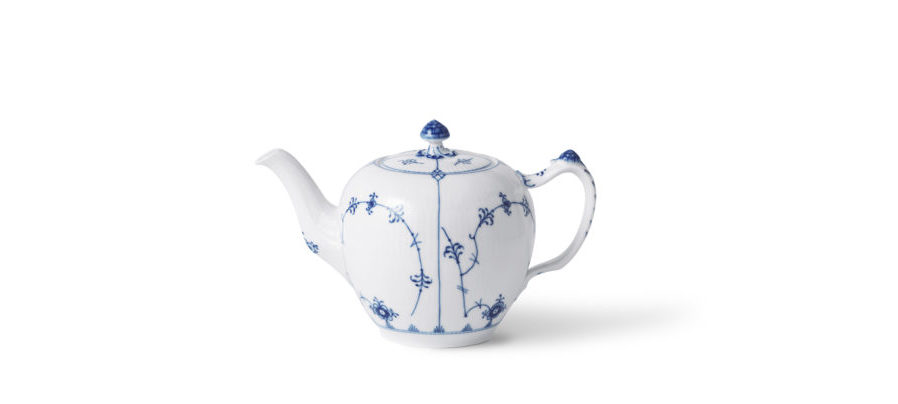
Photo: Blue Fluted Teapot, Royal Copenhagen
“Because Royal Copenhagen traces its roots back 245 years, the brand has been a part of a defining aesthetic for what is considered ‘Danish design and lifestyle,’” Wilder explained. “But the most defining denominator with other classic Scandinavian design brands is a strong focus on solid craftmanship, on form and function and elegant simplicity in the design.”
More than two centuries after Royal Copenhagen produced its first Blue Fluted plain tea pot and half a century after Erik Magnussen’s EM77 thermos jug took the market by storm, both remain icons of Danish design. They stand alongside products by the likes of Georg Jensen and Stelton as highly desirable items. So, what will be the next Danish coffee or tea icon?
Future Directions in Danish Designs
Looking to the future, it would seem the classic aspects of Danish design we have come to love — the simplicity, functionality, comfort, and beauty — aren’t going anywhere. And why would Danish and other Scandinavian designers turn their back on a style that has made them world famous and remain hugely popular? The newest coffee and tea ware out of Denmark hints at a strong future for these well-known style elements. For example, in October 2019 Georg Jensen released its Helix collection, the result of its first collaboration with Stockholm-based design duo Bernadotte & Kylberg. The Helix collection — which comprises a thermos coffee jug, an insulated tea pot, a bonbonnière bowl for sugar or sweets, a small milk jug and modernist serving tray — was described as a clear continuation of Georg Jensen’s longstanding minimalist design that is both exciting and enduring. Its subtle industrial aesthetic was said to lend a cool, contemporary sensibility to drinking coffee and tea.
“As designers, they understand the power of simplicity,” said Georg Jensen Chief Creative Officer Nicholas Manville of Bernadotte & Kylberg in a press release. “From the beginning of the collaboration, the clean lines and elegant function were there, but they instinctively knew that any adornment on a Georg Jensen product is part of the function. The iconic twist shape throughout the Helix collection has a purpose as well as beauty: Bernadotte and Kylberg have created something that already feels like a timeless design.”
Royal Copenhagen too will continue to draw on the company’s rich design heritage, according to Wilder, including when giving classic designs a modern twist.
“At the heart of Royal Copenhagen lies a series of distinctive design elements. The blue color, unique fluting, forms, and patterns are the true essence of Royal Copenhagen, which occur and re-occur in new interpretations across time,” she said. “These archetype elements have evolved alongside the company since its beginning. A wide range of design collaborations maintains Royal Copenhagen’s success in modern homes and constantly breathing new air into the brand.”
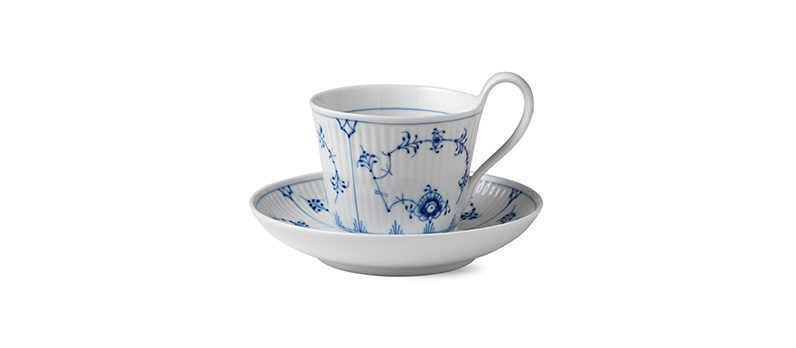
Photo: Blue Fluted Teacup and Saucer, Royal Copenhagen
While Danish design is unlikely to depart dramatically from an overall style that has made it so popular, one significant shift is expected and already emerging. As Wolsgaard Iversen explained, the welcome increased focus on environmental issues in society will likely stimulate a move toward environmentally friendly design and production. It is something, she said, that has been seen before when in the 1880s and 1890s the arts and crafts movement reacted against industrialization and — among other things — its massive negative effect on the environment. This prompted artists to pursue a ‘back-to-nature’ kind of living where products were made with respect for nature, respect for the craftsmen and with a focus on quality. A modern return to this way of thinking will almost certainly influence future design trends. “A trend will undoubtedly be towards an even stronger emphasis on sustainable materials and recycling,” Wolsgaard Iversen predicted. “Shapes and decorations will probably also be inspired from nature — for instance structures, patterns, and colors.”
What piece of Danish-designed coffee and tea ware would you like to have on your table?



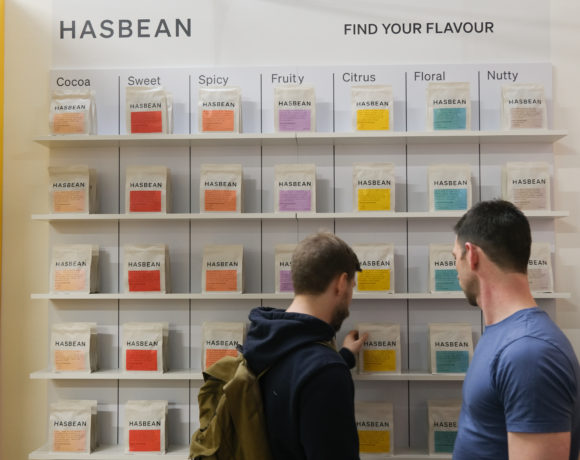
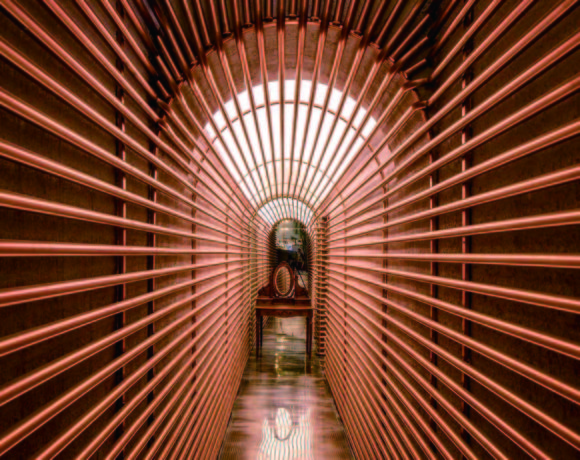
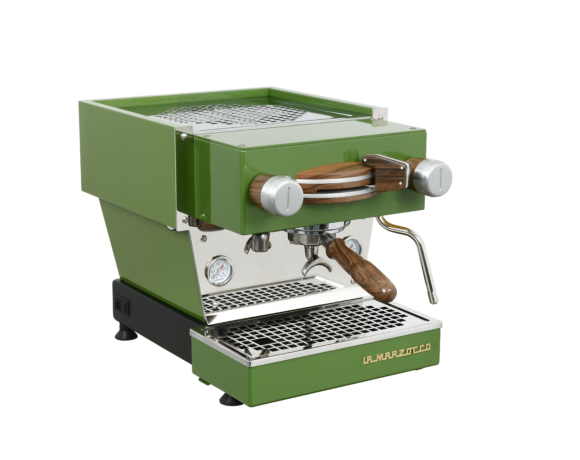






NO COMMENT